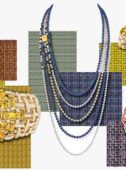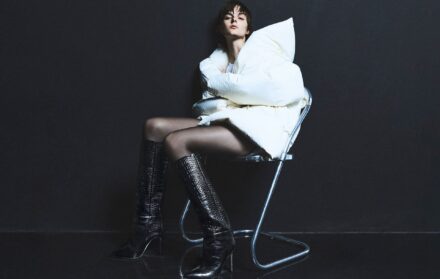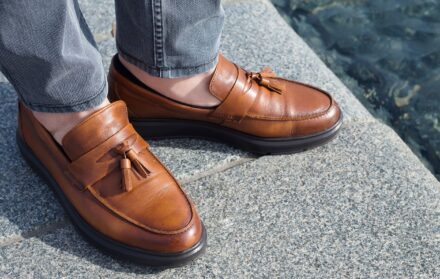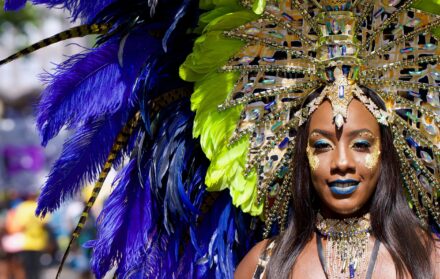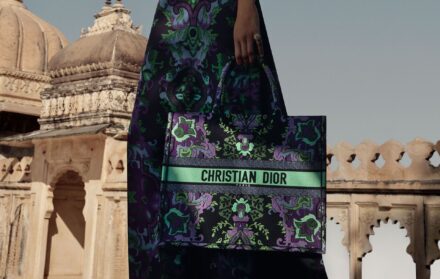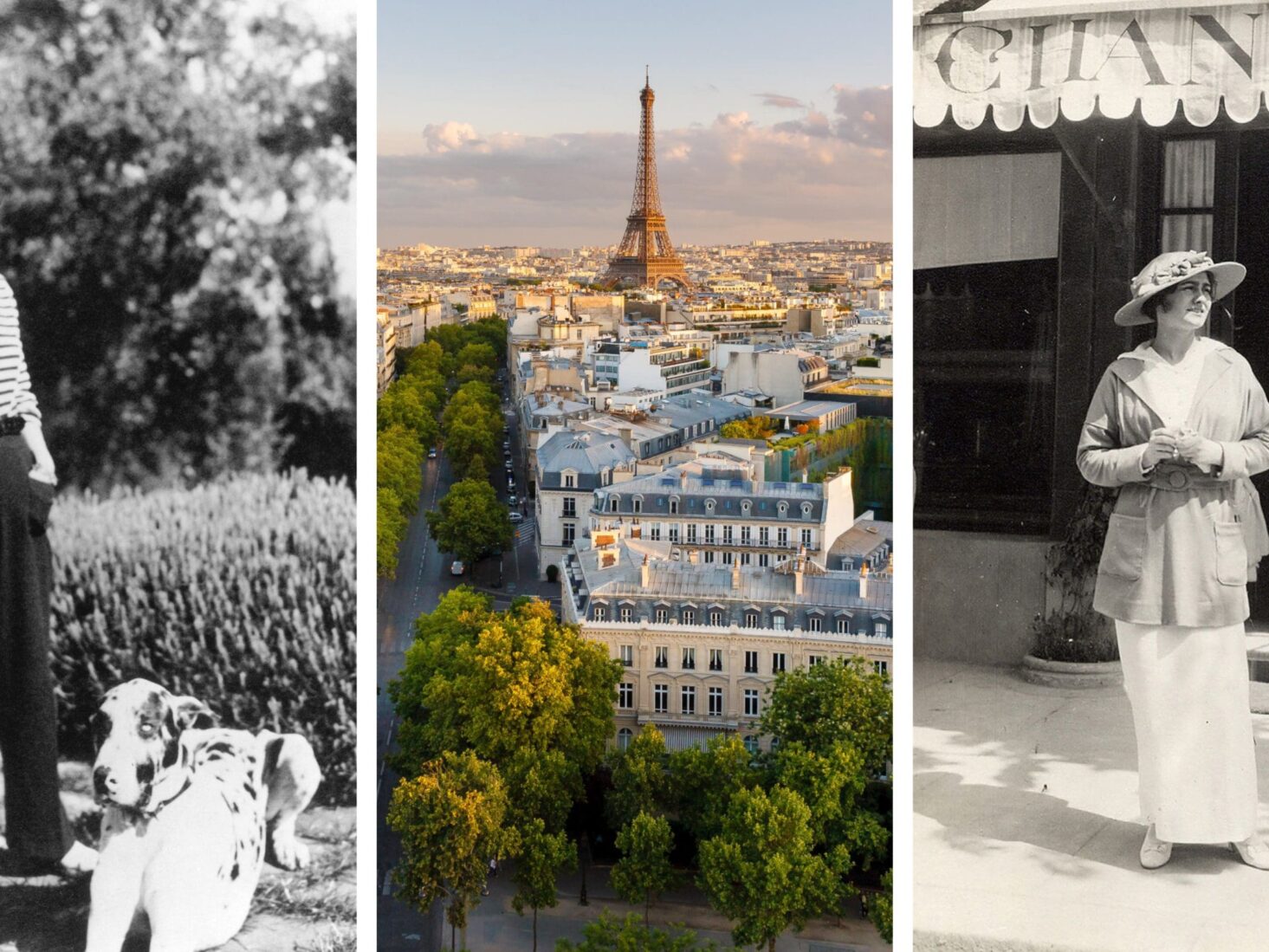
The homes and locations that shaped the creations of Coco Chanel
From her childhood in a convent at Aubazine, to her first boutique in the Belle Époque beach resort of Deauville, to Bohemian 1920s Paris, and the Scottish Highlands, these are the places that informed Coco Chanel’s
All products are chosen independently by our editors. Luxury London may earn commission on items purchased.
The 10 January 2021 will mark 50 years since Coco Chanel passed away at the Hotel Ritz Paris, aged 87. It may have brought to a conclusion the remarkable career of a pioneering designer, but her timeless style is still at the forefront of fashion. Chanel’s key pieces, from her Scottish tweed jackets and Breton striped tops, to the monochrome colour palette of her couture and logo, were all inspired by the meaningful places in her life.
Chanel’s designs spoke a language that was deeply personal, and by revisiting these significant places, we can discover why she favoured the number five, what inspired her long-lasting love of tweed, and from where the interlocking C logo originated. It may have been Paris that encapsulated her minimal elegance and modernist spirit, but the French Riviera, the Scottish Highlands and the Normandy beach resort of Deauville all helped to inform the Coco Chanel look, as explored in the new book Living with Coco Chanel.
1. Aubazine Abbey, Corrèze, France
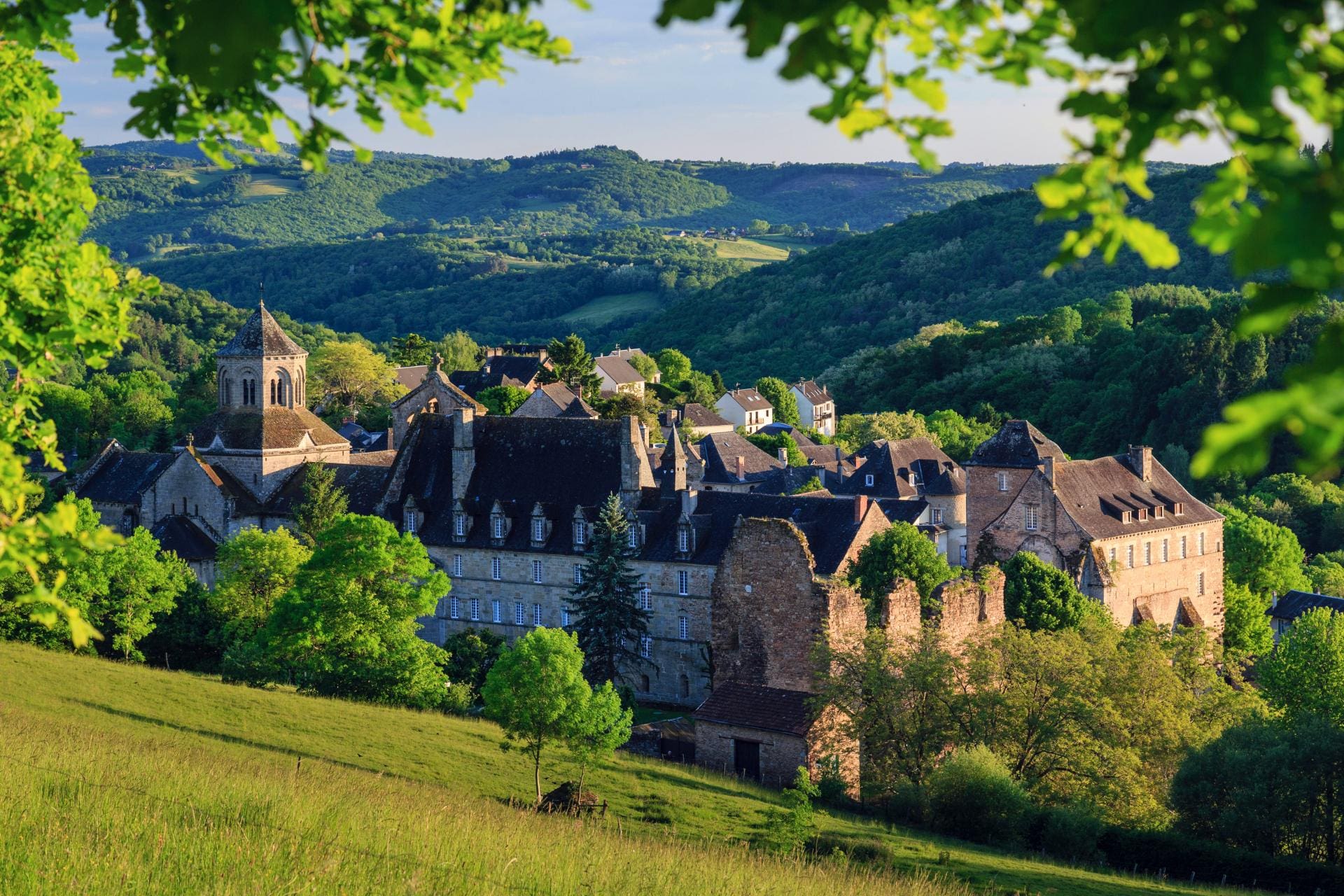
The most significant location in Chanel’s life, the one that offers a glimpse into her mind through the codes in her designs, is the convent of Aubazine Abbey, located on a plateau in the remote Auvergne mountains. It was here, in 1895, that 12-year-old Gabrielle Chanel and her two sisters were abandoned by their peddler father, following her mother’s death. Surrounded by pine forests and chestnut groves, the medieval village is incredibly quiet and peaceful, and as the mist rolls over the mountains in the mornings, it brings with it a sense of mystery.
Many of her signature pieces, such as the little black dress, the double C logo and the black, white and beige colour scheme all stem from her time in the convent. The nuns wore black and white habits, beige was the colour of the sandstone walls, and the windows in the abbey, with their colourless glass set into leaded geometric patterns like Celtic knots, look very much like the double C Chanel logo. The five-pointed star was also evident in stone mosaics, forging her appreciation of the symbolism of the number.
2. Moulins, Allier, France

When Chanel turned 18, she left Aubazine for the town of Moulins, where she found work as a seamstress at the House of Grampayre, on cobbled rue de l’Horloge, close to the Jacquemart clocktower. The medieval town was home to a military barracks, Quartier Villiars, and the town thrived thanks to its officers and soldiers. It was in the shop that Coco Chanel first met wealthy Étienne Balsan, an officer in the 10th Lighthouse Brigade. He encouraged Chanel to sing at the town’s café-concert venues like the Grand Cafe, with its plush Art Nouveau interiors. Her repertoire each evening included Qui qu’a vu’ Coco and Ko Ko Ri Ko, which earned her the nickname Coco. Étienne Balsan invited Chanel to Royallieu, his estate in the forest of Compiègne, and here she found herself in a decadent world surrounded by actresses, aristocratic sportsmen and cocottes, who would be the first customers for the little straw boater hats she designed.
3. Deauville, Normandy, France
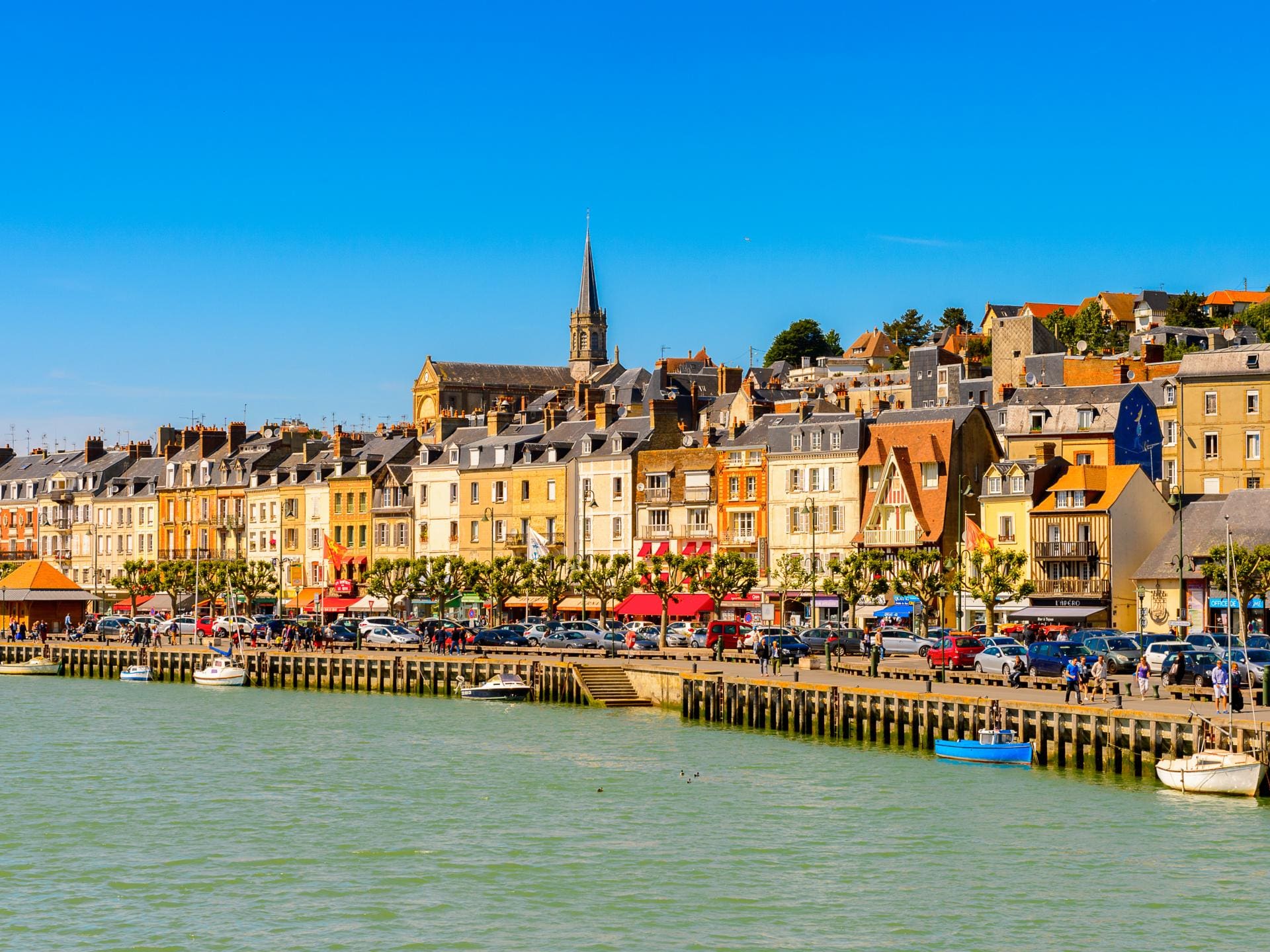
In 1913, Chanel opened her first boutique in Deauville, the fashionable beach resort on the Normandy coast. With its charming streets of neo-Norman buildings, chalk cliffs flanking a long sweep of golden sand and the bracing waters of the English Channel, Deauville was the French summer resort for the wealthy at the turn of the 20th century. Vogue magazine even named it ‘the summer capital of France’, where well-heeled pleasure-seekers enjoyed yachting, boating, racing, polo and gambling at the Deauville Casino.
Chanel studied the way society people flaunted their style on the promenade, but provided her own revolutionary twist, with practical, easy-to-wear turtlenecks, jersey skirts and striped sweaters inspired by local fishermen. When war broke out, Chanel found that her simple jersey designs perfectly captured the austerity of the time. ‘I was in the right place, an opportunity beckoned. I took it,’ she said. ‘What was needed was simplicity, comfort, neatness: unwittingly I offered all of that.’
4. Paris, France
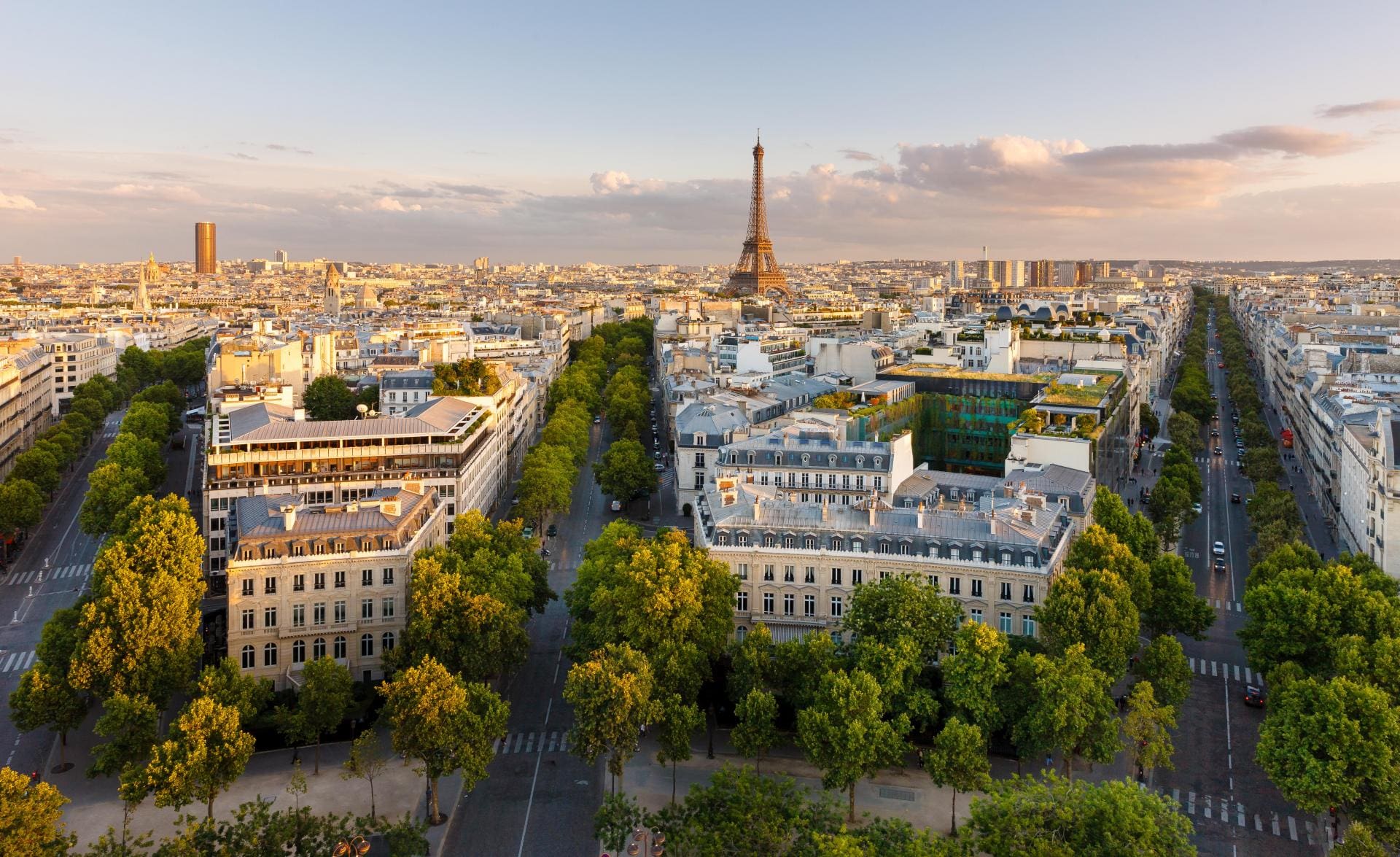
In 1910, Chanel opened a hat shop on Rue Cambon, a narrow little street directly behind the Ritz hotel on Place Vendôme, and it was from here that her fashion empire was born. If there was one place that came to define Coco Chanel, it was Paris, where her name was synonymous with the bohemian style of the Twenties. Chanel mixed with avant-garde circles, including Pablo Picasso, Igor Stravinsky, Jean Cocteau and Serge Diaghilev, founder of the Ballet Russes. Coco captured the mood of the time and her short hair, simple dresses that didn’t require a corset, and ropes of artificial pearls defined the look of ‘la garçonne’, also known as the ‘flapper’.
Rue Cambon remains the spiritual home of Chanel, where her apartment and salon, with its mirrored staircase, are still perfectly preserved. Yet she chose to permanently live at the Ritz from the 1930s until her death in 1971. As she gazed out of the windows of the hotel onto Place Vendôme, its octagonal shape may well have inspired her design for the classic No. 5 bottle.
5. The French Riviera
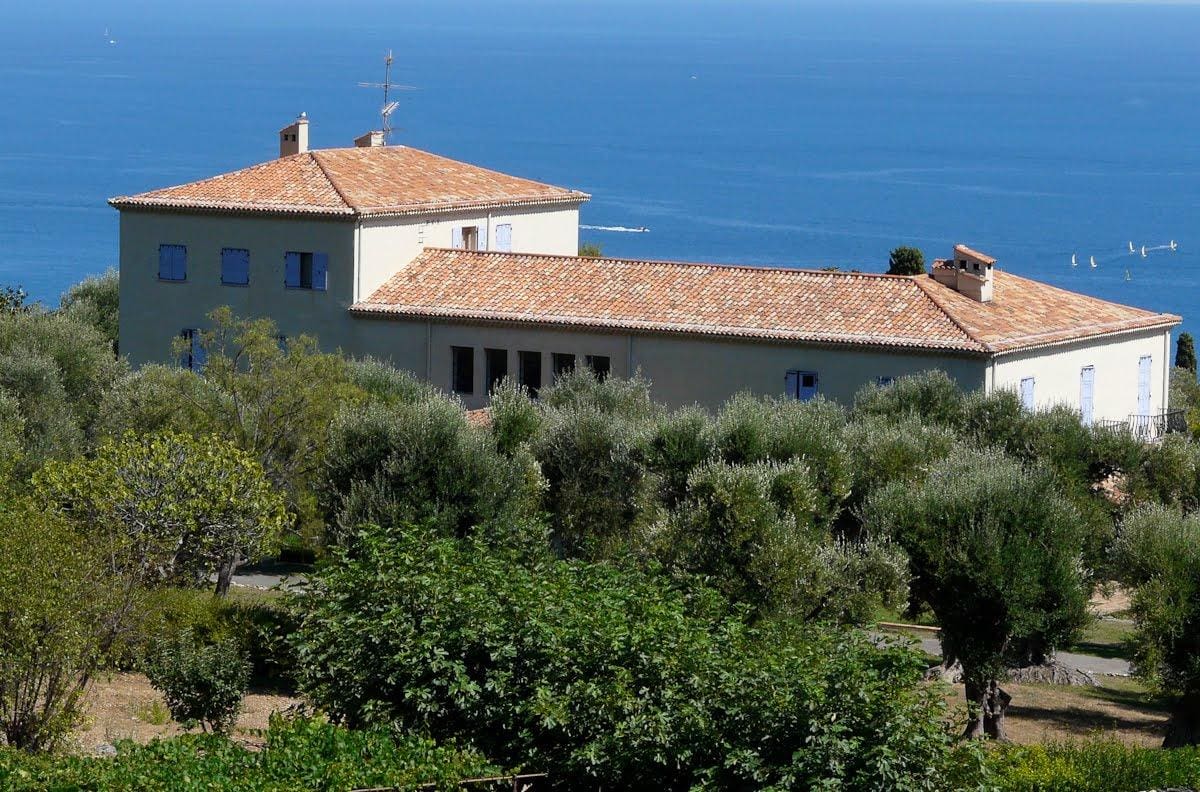
From its position in Roquebrune Cap-Martin, with the glittering, moneyed Monte Carlo in the distance to the west, the Italian border to the east, and the foothills of the Alps as a backdrop, La Pausa was Coco Chanel’s magnificent French Riviera sanctuary. In Roquebrune the cicadas hummed from the olive trees, the smell of pine caught on the breeze and ancient paths meandered down the steep hills, which Chanel often strode up and down for exercise.
After purchasing the piece of land in 1929, Chanel created the villa from the ground up, and she chose to recreate the Aubazine Abbey of her childhood. She replicated its cloisters, vaulted archways and stone staircases, and filled her garden with lavender, just like the courtyard at the abbey. The villa is still situated in this prime location, and was recently bought back into ownership by the House of Chanel.
6. The Highlands of Scotland
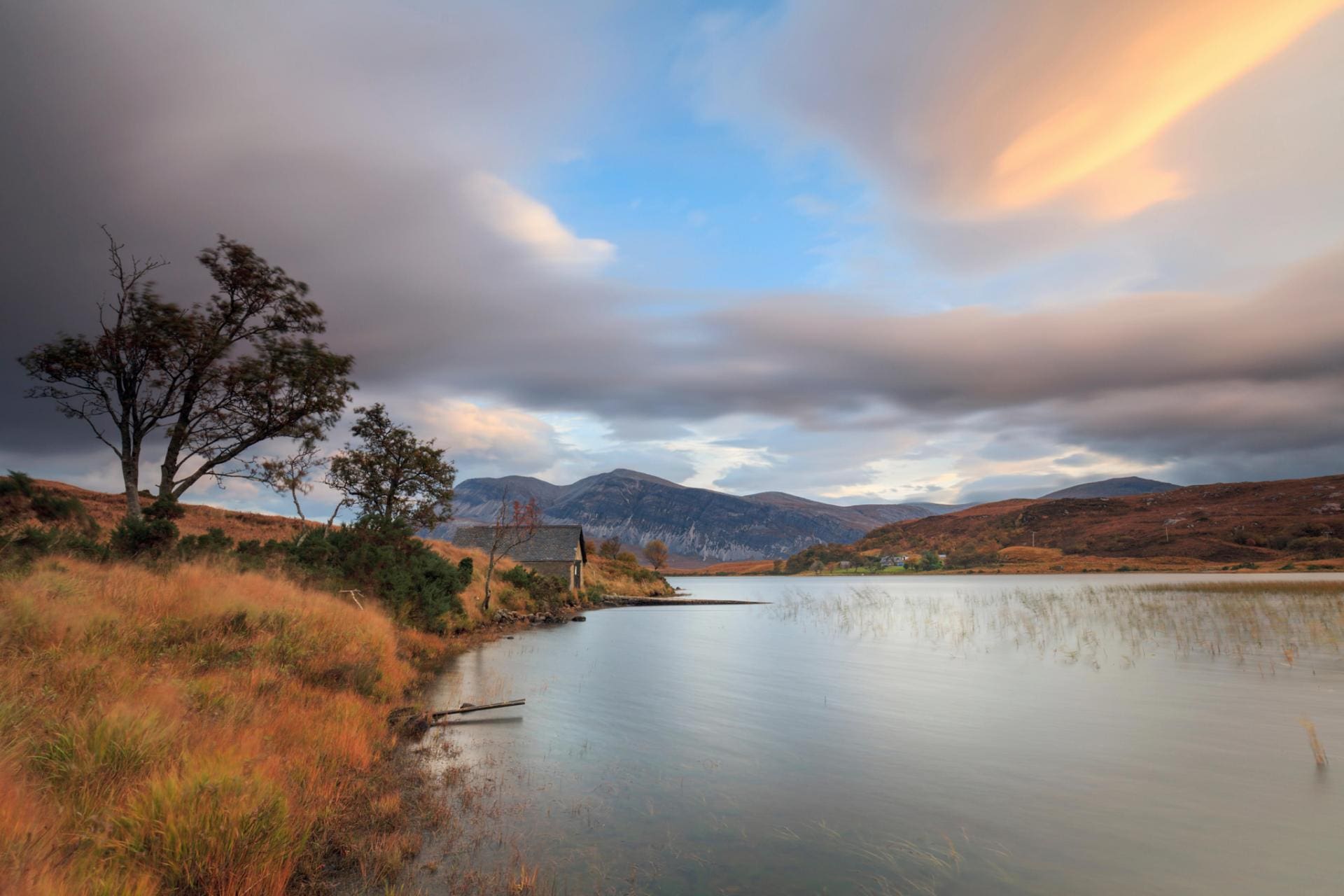
After meeting the Duke of Westminster in Monte Carlo in late 1923, Chanel was introduced to his vast Reay Forest estate in the rugged northwest of Scotland, where they would spend several summers. He even purchased Rosehall House, near Lairg, as a love nest which Chanel took up as a decorating project. While the house fell into disrepair over the years, Chanel’s touches are evident in the beige colour scheme on the doors and timber mantelpieces, the French floral blockprint wallpaper, and the bidet; likely one of the first in the Highlands.
After borrowing the Duke’s hunting jackets for salmon fishing, she was inspired to incorporate the look into her own range, and her luxury collections in the late 1920s were defined by this British look. She commissioned soft tweeds for cardigan-like jackets, worn with pleated skirts and ropes of pearls. Chanel inserted the influence of Scotland into her designs, taking rough tweed from the countryside to bourgeois Parisian style.
Caroline Young is the author of Living with Coco Chanel, published by White Lion. Her new book, What Coco Chanel Can Teach You About Fashion, by Frances Lincoln, will be released in August 2021


